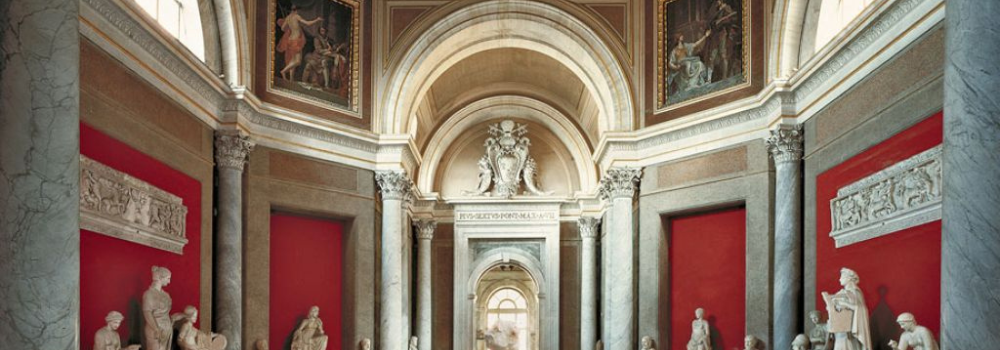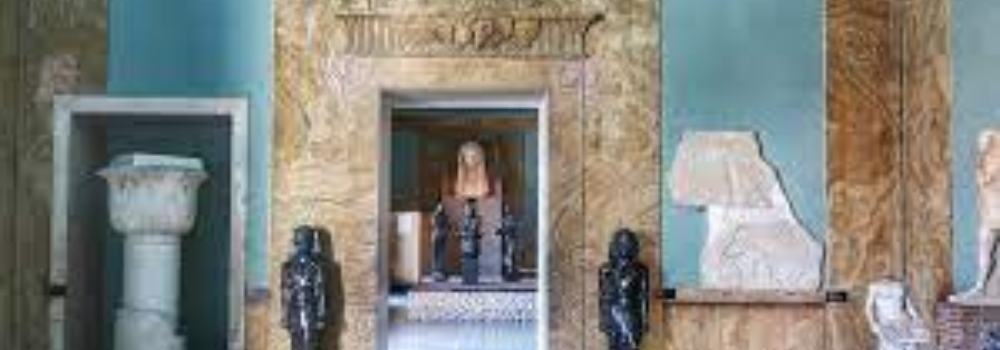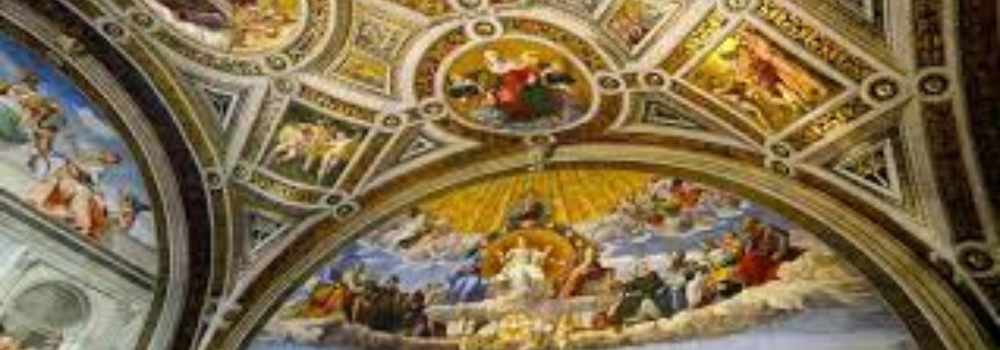There is something about the museums you cannot overlook. They are fascinating, mysterious, and everything that transforms you into a different world. Irrespective of your interests you can always find something to look forward to in a museum. They showcase a piece of art, history or mystery of the yesteryears. The Vatican is a beautiful city full of museums. These museums have the world’s biggest collection of artwork. A visit to the Vatican is incomplete without these.
The Pio-Clementino Museum

This is a museum for sculpture lovers. It was founded by Pope Clement XIV in 1771 and expanded by successor Pope Pius VI. It has 12 rooms and is a house to some of the most important Roman and Greek works. You will see a Roman copy of a Greek statue by Lysippus (around 320 BC) in the interior of Gabinetto dell’Apoxyomenos here. The statue showcases an athlete scraping sweat from his body after a competition with a curved instrument called a strigil. Apart from this, one can see Apollo Belvedere, Laocoon sculpted group, and Perseus with the head of Medusa in the Pio Clementino Museum.
Gregorian Egyptian Museum

Love antiquities? Come to Gregorian Egyptian Museum. The museum was founded by an initiative of Pope Gregorius XVI in 1839. It has 9 rooms and collects finds and monuments of the Ancient Egypt. The last two rooms have works coming from ancient Mesopotamia and Assyria. The main attraction is the mummies. The coffins are made with sycamore wood and have some fine pictorial decorations. The most interesting sculptures are of the head of Pharaoh Mentuhotep, Xi dynasty king (founder of Middle Kingdom of Egypt) and thee Tjuyu, a colossal statue prepared with dark granite and representing the wife of Pharaoh Sethos I, mother of Ramses II.
Raphael’s Rooms

One of the biggest attractions of the Vatican museums is Raphael’s rooms. These rooms were private apartments of Pope Julius II, who gave these to Raphael. A painter from Urbino worked on them from 1508 to 1520. After his death, his disciples took over the work. Stanza della Segnatura (Roo of Signature) is undoubtedly the most popular of the rooms. Four frescoes here present four themes of knowledge: Disputation of the Holy Sacrament (Theology), The Parnassus (Poetry), the School of Athens Philosophy), and the Cardinal Virtues(Law). Other rooms with the artwork include Sala di Costantino and Stanza dell’incendio di Borgo.
Gallery of Geographic Maps

This museum is for the history and geography lovers. It is one of the most fascinating museums in the Vatican City. The gallery derived its name from the series of topographic maps commissioned by Pope Gregorius XIII and painted on the walls by Perugian Ignazio Danti. Italy can be seen divided into two parts by the Apennines: one side showcases regions standing on the Thyrrenian and Ligurian coast and on the other is the Adriatic coast. The main Italian ports of the sixteenth century complete the series of geographical maps. Chief among them are Ancona, Genoa, Venica and the Port of Civitavecchia.
Summing up
Visiting the Vatican Museums is an experience that should not be missed by any traveler. The museums offer a unique opportunity to explore the rich history and culture of Vatican City and its art treasures. It’s important to plan your visit ahead of time to avoid long lines and make the most of your time there. With a little preparation, you can enjoy the beauty of the Pio-Clementino, the Raphael Rooms, and other masterpieces without feeling overwhelmed by the crowds.
Additionally, taking a guided tour can enhance your experience and provide valuable insights into the history and significance of the artworks. So, if you’re planning a trip to Rome, be sure to include a visit to the Vatican Museums in your itinerary and prepare to be amazed by the beauty and grandeur of this unique cultural landmark.
The above mentioned are no doubt the best, but if you want to explore more, then do pay a visit to the St. Peter’s Basilica, St. Peter’s Dome, Papal Throne, Pinacoteca Vaticana, and Sala Rotonda.



